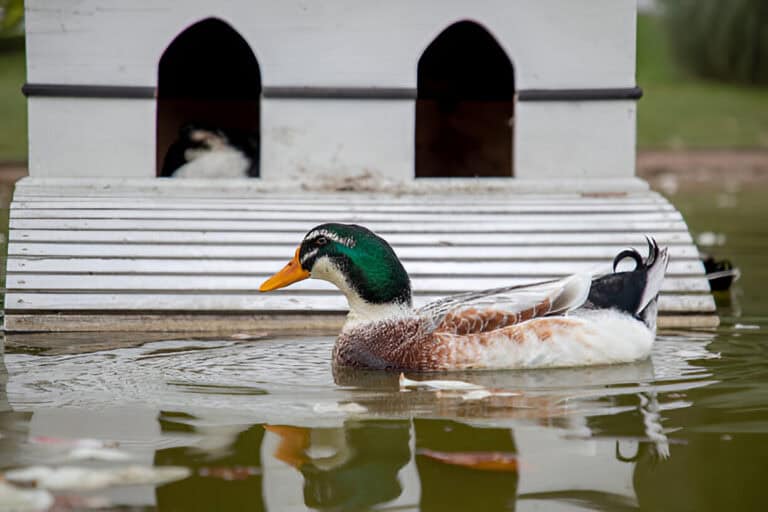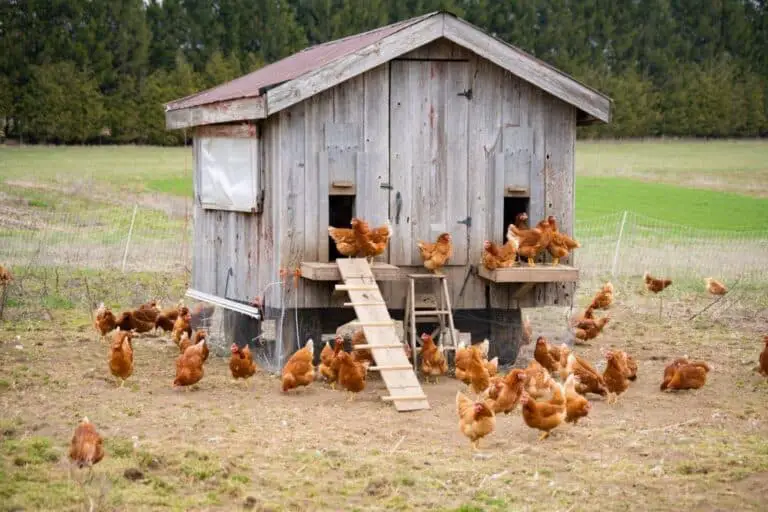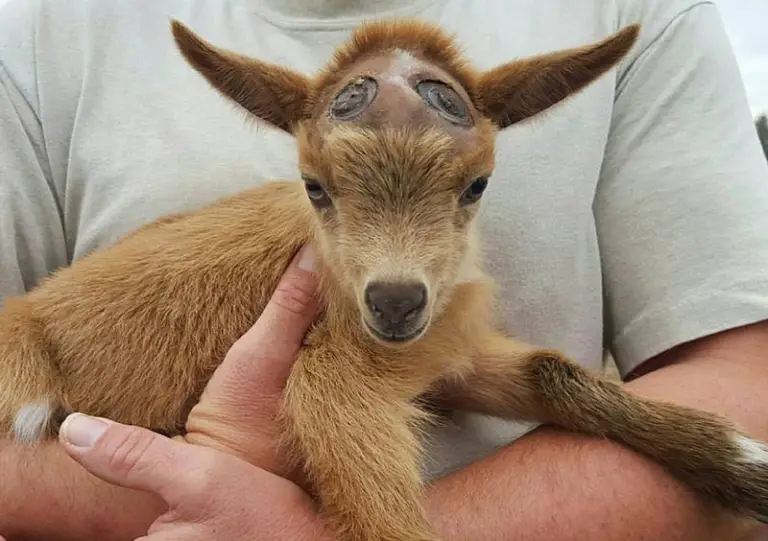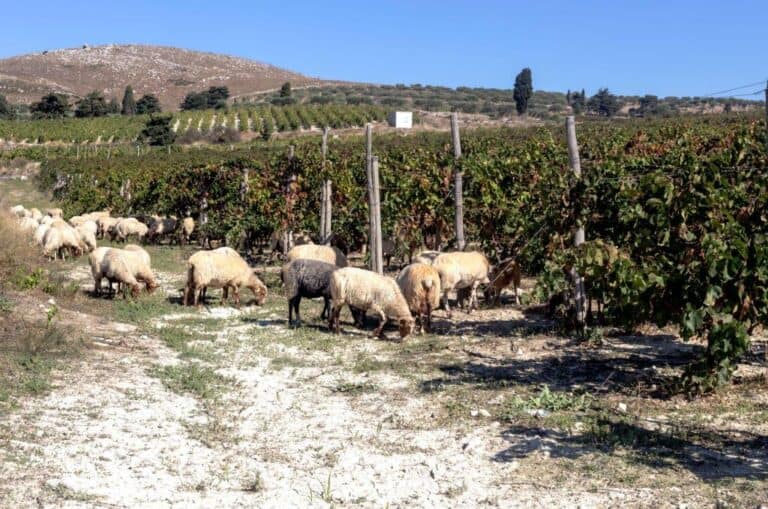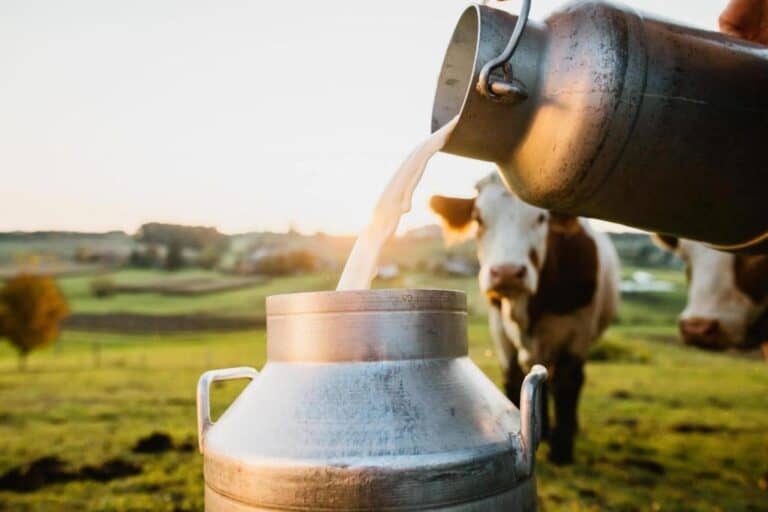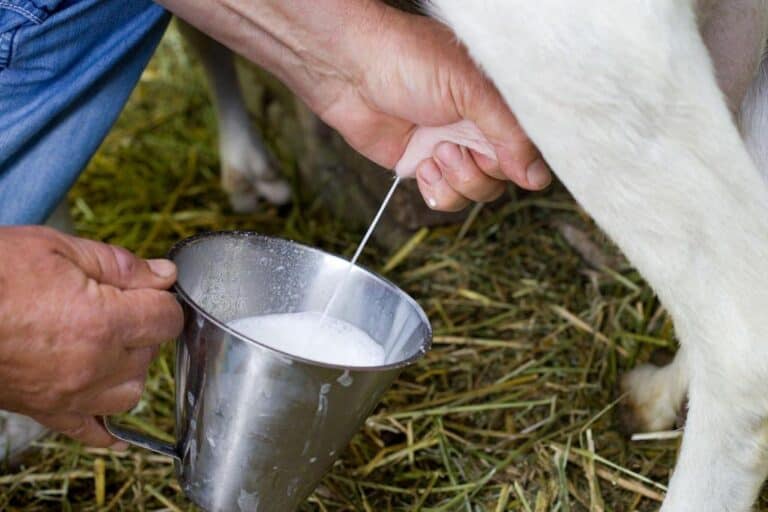Raising Peacocks for Profit: How Much Do Peacocks Sell For?
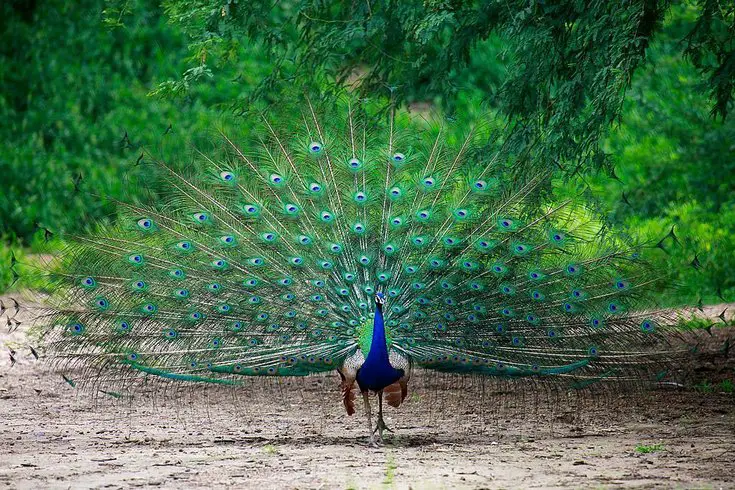
Peacocks are beautiful exotic animals commonly seen in zoos, but few individuals would contemplate owning one or two as pets. However, peacocks are becoming increasingly popular as pets in the United States and across the world.
There are many reasons why people may choose to raise peacocks. Perhaps the most common reason is that they believe it to be a profitable endeavor. However, is this really the case?
The answer to this question depends on a number of factors, including the size of your property and the number of peacocks you plan to keep. In general, though, raising peacocks can be a profitable venture.
In this article, you learn about peacocks’ character and raising them. Then we will look if raising peacocks for profit is feasible. In addition, we will calculate the business prospect by selling peacocks and their products.
Peacocks Interesting Facts
Peacocks are beautiful creatures that have long been admired for their plumage. They originated in India and Southeast Asia and are related to the pheasant. India Blue peacocks are the most recognizable of the three basic peacock kinds.
Males are especially known for their flashy tails, which can be up to two meters long. In addition to their impressive tails, peacocks also have a variety of other features that make them unique. For example, they have a distinct call that is often used to announce their presence to potential mates. Peacocks are also known for being very social animals and typically live in groups of around 10-15 birds.
Only males develop these magnificent tail feathers, and they are known as peacocks. Peahens are females, while peachicks are their young. Collectively, they are peafowl.
Peacocks are mostly peaceful birds, although females can be violent when protecting their eggs or young. Male birds can protect their territory with aggression.
Peacocks’ Primary Characteristics
Peacocks are beautiful birds that many people enjoy looking at. However, not many people know that their voices are just as awful as they are beautiful.
Some have even compared the sound of two peacocks fighting to cats fighting. Peacocks make this noise by vibrating their tail feathers together. Peafowl also do a special wing shake, which seems to hit that same sweet spot. While the noise may be annoying, it is also a way for them to communicate with each other.
Peacocks make popular pets, but they are not the type of animals that want to cuddle with their owners. Peacocks are rather independent and like to have their own space.
They are interesting creatures to watch and can be fun animals to have around, but they should not be expected to spend all their time with their owner.
Have you ever seen a peacock fly? It’s quite a sight to see these big birds with their long tail feathers in the air. Peacocks are actually very good fliers and can stay in the air for long periods of time. They use their long tails as rudders to help them steer and stay in the air.
They only take to the air on rare occasions, mainly when they are in danger. Likewise, they may occasionally roost in a tree, but they prefer to live on the ground.
Keeping Peacocks in Cages or Roaming Free?
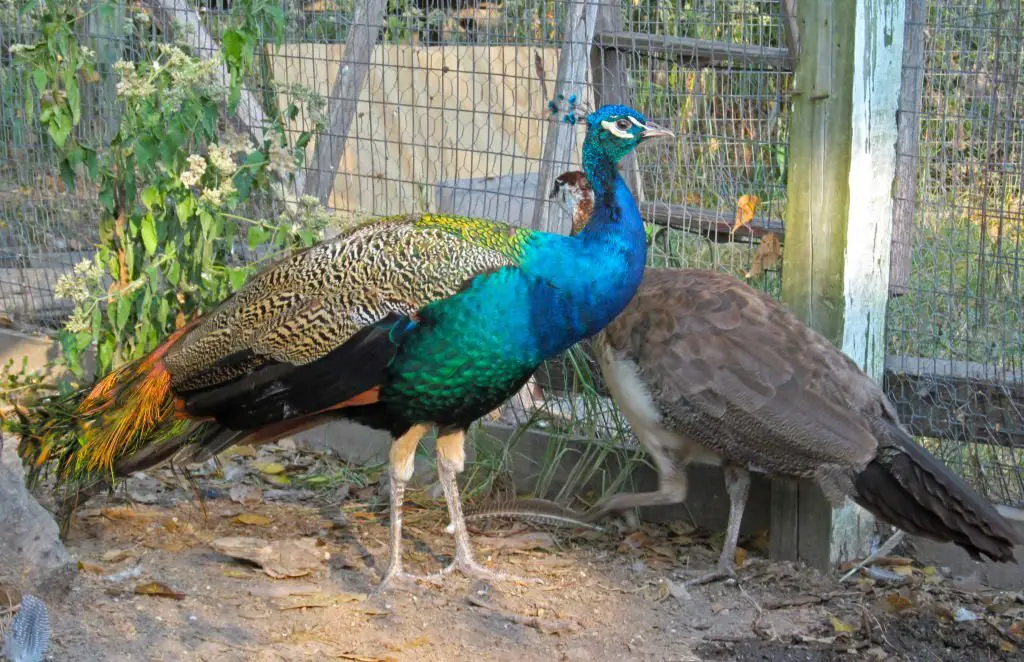
Although peacocks originate from hot, humid climates, they can handle colder weather just fine. In fact, there are many peacocks living in areas where it snows during the winter.
Peacocks need plenty of fresh water and food to stay healthy. They also require a place to perch and roost. A small tree or birdhouse will work great for this purpose. You may also want to provide some shelter from the rain and wind.
If you have the space, it’s best to allow your peacocks to roam free all day long. This will keep them happy and healthy.
Most bird enthusiasts enjoy having their feathered friends living in proximity. A smaller aviary is better. A majority of the bird species available for purchase do well in an indoor environment, but they must be provided with plenty of fresh air, and space to stretch their wings.
If you don’t have enough space for your peacocks to roam free, or if you live in an area that doesn’t offer enough outdoor space, you’ll need to provide them with a large outdoor enclosure. A good way to do this is by constructing a tall fence around the perimeter of your property, so they can’t escape.
Keeping birds in an outdoor aviary is a great way to achieve this, but what size should the aviary be? The general rule of thumb is that a minimum of 80 to 100 square feet per adult bird is recommended, with more space being better. This allows for plenty of exercise and room to explore.
If you have the space and are willing to put in the work, though, raising peacocks can be a very rewarding experience. Not only are they beautiful animals, but they can also be quite friendly and easy to care for.
Looking for Peacock Property & Accommodations?
In addition to having a lot of space, you’ll need a rural property that’s far away from your nearest neighbors because peacocks’ cries are loud and annoying.
Check for sites where horses were kept if you’re looking for a spot to keep peacocks. With some chicken wire, 2 x 2s, and a pair of wire cutters, an existing horse arrangement can be quickly and affordably modified for peacocks.
If your birds are free-ranging, feeding them something they like (like mealworms) in the late afternoon can help them acquire the habit of returning to their enclosures at twilight.
Raising Peacocks: Diet
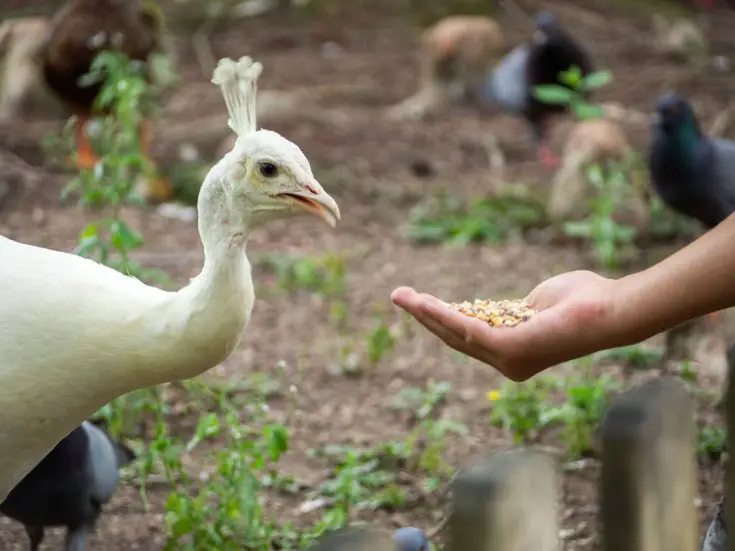
Peacocks are opportunistic omnivores at their finest. They enjoy eating grains, grasses (such as bamboo), berries, leaves, figs, seeds, and flowers.
Peacocks eat both unripe and ripe fruits. When consuming ripe fruits, they will delight in discovering the insects that cluster around it. Their favorite fruits are blackberries, raspberries, and grapes.
They like scouring the ground for seeds, insects, and tiny reptiles such as lizards. They consume the petals of certain flowers as well. When peacocks can forage, they are at their happiest.
Some peacock owners prepare their own diet by combining grains, fruit, and protein sources like meal worms or cat kibble.
Fresh water should always be available to your peacocks.
Raising Peacocks: Care
Peacocks in the wild inhabit tropical regions, while captive birds prefer warm to cold conditions. To enjoy a great quality of life, they need warm weather or shelter from colder weather, although they do not always require humidity.
If you don’t live in a tropical place like Florida or Hawaii, you should give your pet peafowl a big wooden chicken roost where it can hide when the wind is strong, and it’s too cold for it. During the winter months, you may construct plywood walls around their habitat to give them a secure and sheltered area to dwell in until the weather warms up again.
Peacocks are infamous for contracting worms; therefore, they must be dewormed every few months; however, there is no wormer designed expressly for these animals. You may use one designed for cattle or poultry. Some feed stores provide herbal wormers that are effective on all animals, including peafowl.
Peafowl is also prone to parasites like lice and chiggers, so they should be inspected and treated as needed throughout the year. There is no defined veterinary routine for peacocks because they are not frequent household pets. However, farm veterinarians should be able to assist in the prevention and treatment of illnesses such as avian pox.
Peacock Life Stage
What is the growth rate of peacocks?
Peacocks are large bird that can grow up to three feet long and weigh up to six pounds. They have a lifespan of 10-15 years. Peacocks grow quickly in their first year, reaching half their adult size. They continue to grow slowly until they are about four years old, after which they reach their full size.
How long does it take a peacock to grow to maturity?
Peacocks grow slowly. It can take them up to two to four years to reach maturity. During this time, they will grow longer feathers and their patterns will become more distinct. Peacocks are not considered adults until they have grown a full set of tail feathers. Once they have reached adulthood, peacocks will start to mate and produce offspring of their own.
Peacocks are interesting creatures, and it is fascinating to watch them grow from chicks into beautiful birds.
Peahens and Peachicks Life Stage
Peahens don’t stand out visually at all. They have a limited range of brown colors and don’t have spectacular tail feathers. They begin laying eggs at the age of a year and lay 5 to 10 eggs every year. Regardless of whether the eggs were fertilized by a male peacock, they will lay eggs.
Peahens incubate their eggs for around four weeks, during which time the hen is on guard duty virtually nonstop. You’ll need to feed them food and water on a regular basis to keep them from becoming too feeble. They are solely responsible for the upbringing of their daughters. Peachicks have a survival rate of two out of every six eggs, even with mom’s careful attention.
Chicks can begin foraging as soon as they hatch, but they still rely on their mother for warmth and security. They won’t be able to flap their wings well enough to avoid danger for another two weeks.
Peacock Feathers Uses
Some places in the world sell peacock meat, but most people in the United States raise peacocks to sell as pets or for their feathers. The extra-long feathers on the male’s “train” are known as covert feathers. There are two sorts of covert feathers: eye and flue.
Eye feathers contain distinctive circular blue, turquoise, and brown patterns at their tips. They are fringed naturally above each “eye.” The flue feathers, sometimes known as sword feathers, can be as long, but they lack eyes. Their tips are instead shaped like an open “V.” Eye feathers are offered for a greater price than flue feathers, which is not surprising.
Peacock feathers are utilized to create jewelry and embellish garments. A bridal attire with almost 2,000 peacock feathers was appraised at $1.5 million.
Fashions come and go more rapidly than peacocks develop and shed their feathers. Therefore, although it is possible, you cannot rely on a couture designer purchasing your whole stock of feathers every year.
Peacock feathers are frequently utilized in crafts, and nothing makes a bolder statement in interior design than a massive vase filled with peacock feathers.
Peacock Product Pricing: Feathers
Peacocks may be used to make money by selling their feathers, eggs, and the birds themselves. The longest eye feathers cost $5 to $10 per, with savings available for bulk orders. Flue feathers sell for roughly $2 per, with quantity savings available. “Mini feathers” are shorter eye feathers that are normally priced at $6 for ten feathers.
Peacock Product Pricing: Eggs
Not until their fourth year will they lay between five and nine eggs annually. If eggs are taken from the nest, a hen may lay one or two further clutches, but she cannot incubate more than ten eggs. In the event that there are an excessive number of eggs, either artificial incubation or the use of a foster mother turkey hen might be adopted.
Fertile eggs with a high likelihood of hatching into a live peacock cost around $25 to $100 apiece. Peahens also only lay about 20 eggs every year on average. The majority of vendors provide bulk discounts.
How Much Do Peacocks Sell For?
Peacocks are less costly than some other pets. A decent one that is in good health may be purchased for a few hundred dollars. A fully grown peacock may be purchased for $35.00 – $300.00. Females are in less demand and must be priced accordingly.
Because a single adult peacock is not a happy peacock, it is common practice to sell birds in pairs. Typically, mature pairings sell for $500 and above.
Peacock Farming: Is It Making a Profit?
So now the important part is to look at if raising peacocks can make a profit. Is raising peacocks making money?
Making money from peacocks is challenging. Their eggs are not famous in food consumption in the United States, despite the fact that they are edible. They resemble extra-large chicken eggs in size and have a somewhat more robust flavor.
The birds themselves are edible, although you will seldom see them on a menu. It’s not considered exotic meat to try.
As pets, peacocks are not in high demand. The same also applies to zoo dwellers, because most zoos already possess them. Like geese, peacocks are excellent as watch birds. But, due to their loud nature, they cannot be kept anywhere other than in a rural area.
Therefore, the male’s feathers and the birds themselves are their potential main sources of commercial value. So let’s make some simple calculations to see if this will make business sense.
With an average of 175 sellable feathers per male every year, you may expect to earn between $875 and $1,750 per male peacock. This is based on the idea that you sell each eye feather on its own for the highest price and that none of them are damaged, but the damage is inevitable. Making and selling your own items made from peacock feathers is one method to increase the income from your peacocks.
Conclusions
Peacock ownership is a major commitment. While it’s doubtful that you’ll be able to earn enough to quit your day job, you should be able to pay their expenses and then some. In the meantime, you may appreciate their magnificent beauty.
Raising peacocks can be a profitable endeavor, but it is challenging at best. The pricing points are quite difficult to scale and make more profits.
There are a few things to consider before getting started. Peacocks require a lot of space, and their feeding and care can be expensive. Raising peacocks can be a rewarding experience if you have the resources and are willing to put in the work.

